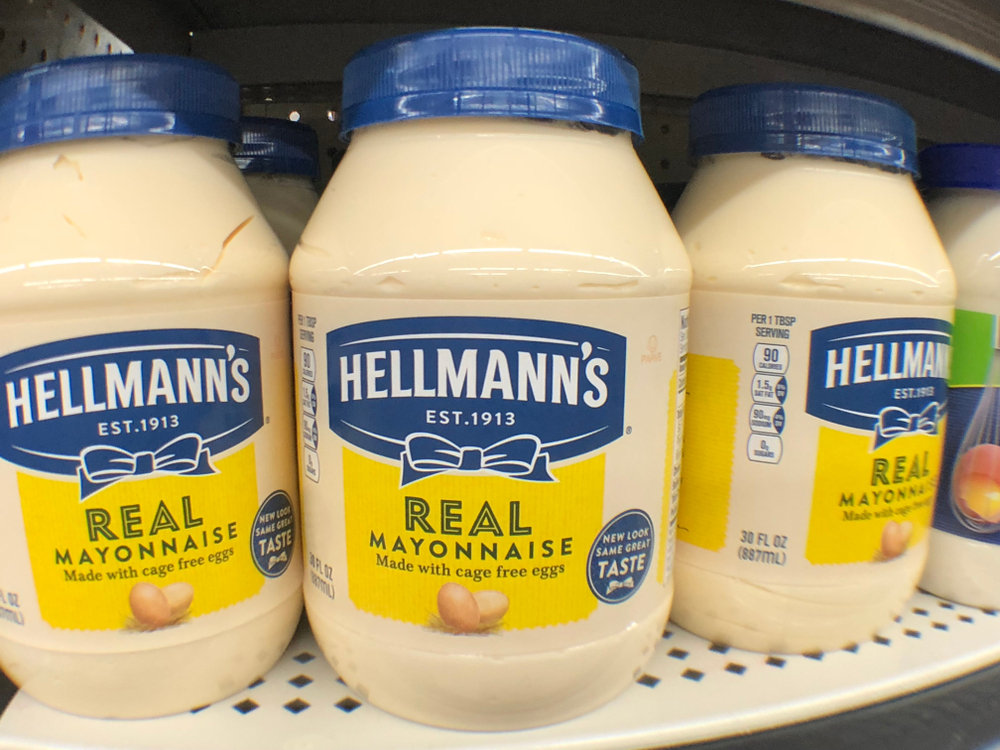Truth or Trend: Throw out my mayonnaise?!

Mayonnaise: a staple in many dishes, especially in the Midwest. This creamy dressing is an emulsion made from oil, egg yolks, an acid like vinegar or lemon juice, and flavored with seasonings.
By definition, anything labeled mayonnaise must contain at least 65% vegetable oil by weight, making it a higher fat food. And with higher fat foods, moderation is something that should be considered, especially for those watching their calories. Click here to learn more
Avocados are also a higher fat food, but when comparing the two, there are significant nutritional differences.
Mayonnaise overall is higher in fat, saturated fat, and sodium—all of which are over-consumed nutrients in America. Avocados, on the other hand, are lower in total fat, saturated fat, and sodium and contain fiber.
BROUGHT TO YOU BY
That being said, avocados could be a great swap for mayonnaise in terms of nutrition, but that does not mean you should toss all your mayo! Mayonnaise is still a source of calories, just one that needs to be consumed sparingly. What’s more, no one would be going back for seconds if you swapped mayo for avocados in your crowd-pleasing potato salad!
Take-Away: Both are sources of fat, though avocados do have some nutritional benefits compared to mayonnaise. Use portion control with both and find places where the swap meets your nutrition needs and tastes expectations.
BROUGHT TO YOU BY



